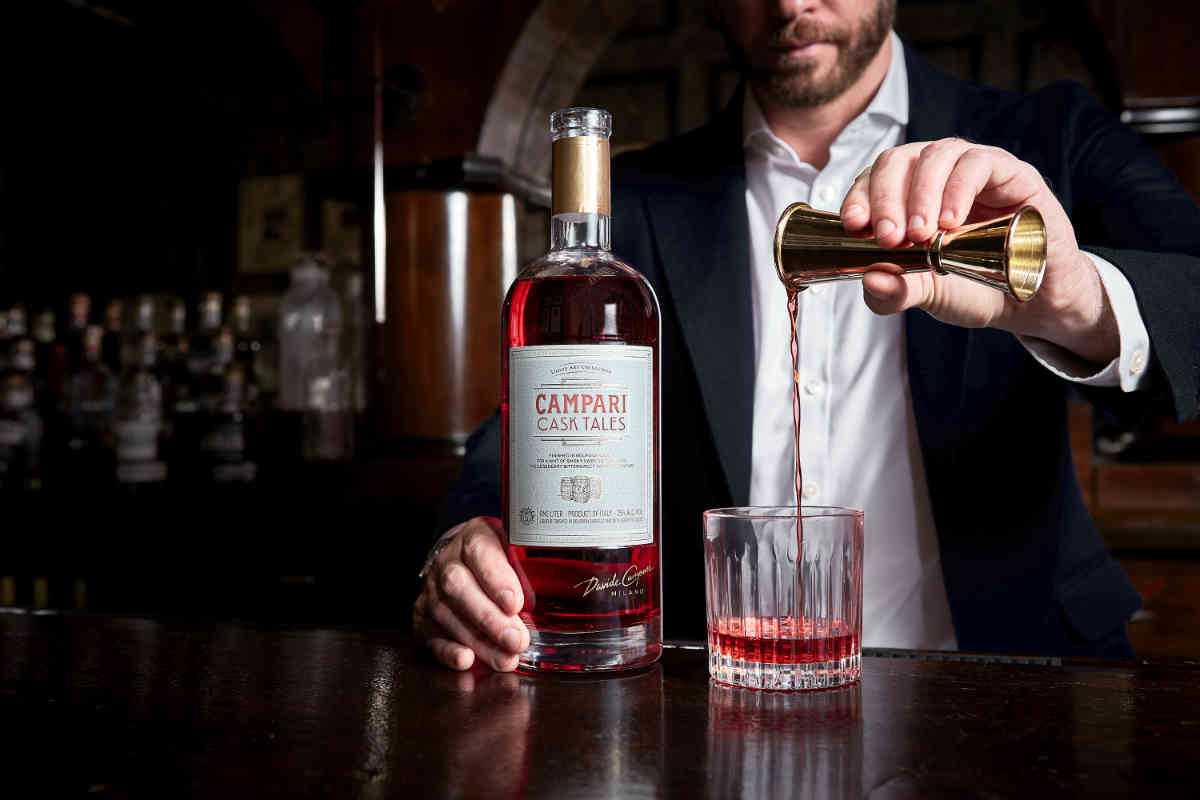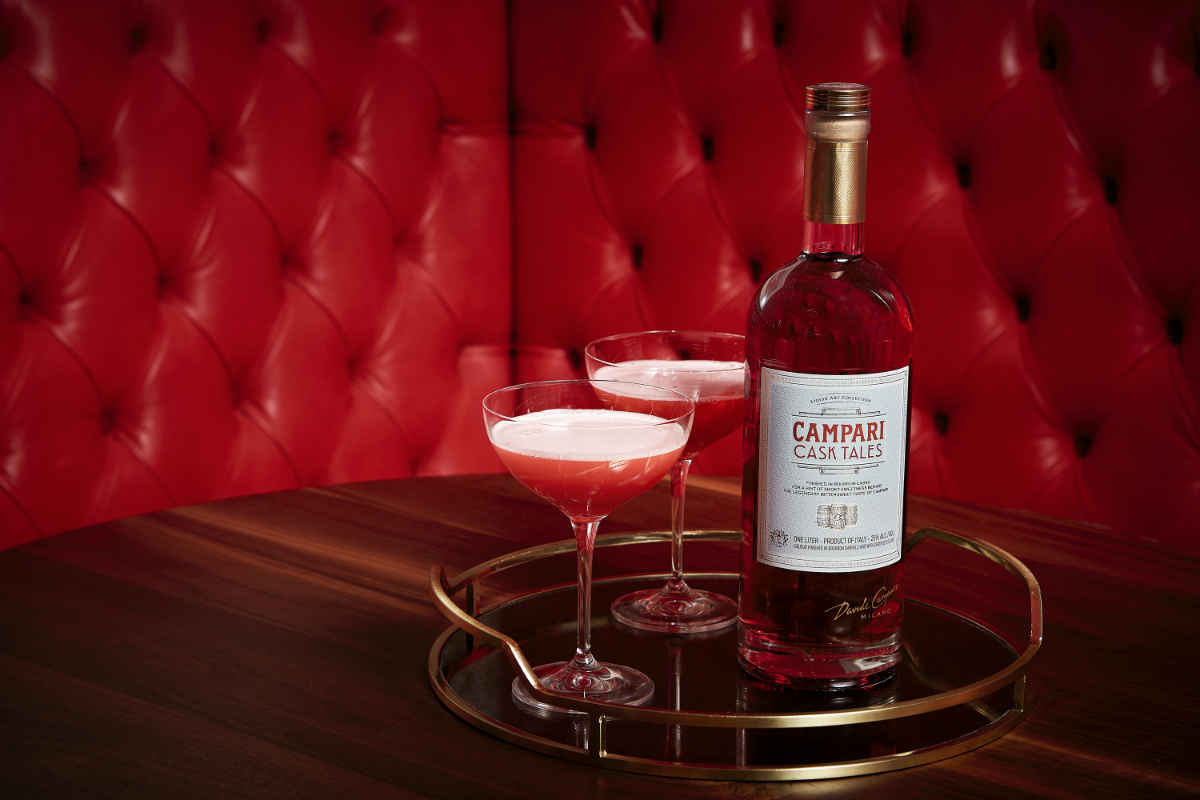Can you remember the first time you had Campari? My first time came just after my 21st birthday, when historical curiosity compelled me to order an Americano from a Boston bar’s list of 19th century cocktails. I couldn’t believe how unpalatable it was.
Somewhere, sometime later, I had Campari again, probably in a Negroni. Its bitterness, which had first dredged up memories of taking cold medicine as a child, started to appeal to me. I liked how it contrasted with the sharp, bracing gin and sweet vermouth.
Soon I was sharing it with friends and family and took a little pleasure in their initial spit-take reactions. But I found more satisfaction watching their own appreciation grow, until virtually everyone in my social circle was fond of and familiar with the Negroni.
In 2019, it can feel like the entire country has learned to appreciate the iconic apéritif. And the drink that once marked you as a cocktail geek is served at chain hotel bars. Today you can find the Negroni’s likeness on ties, socks, slippers, and even an English tweed.
Campari, which was first introduced in 1860, has changed little on its journey to mass cultural relevance (it did phase out the use of beetle-derived cochineal coloring in 2006). But the 159th year of its existence has seen the launch of a new expression: Campari Cask Tales.
Meet Campari Cask Tales

Campari
This limited release takes the same liquid you’ve been tipping into stirring glasses for years and finishes it in second-fill bourbon barrels for an unspecified period of time. It also carries a higher price tag at $69.99 for a one-liter bottle and is just a hint boozier at 25% ABV.
To gain a better understanding of this new release, I reached out via email to Daniel Warrilow, who serves as the Italian Portfolio Ambassador (East) for Campari America. When asked why Cask Tales was hitting the market now, he pointed to the rise of barrel-finished spirits.
“Campari Cask Tales leverages the trend of specialty (barrel) finished products that are booming, especially in the brown spirits category. The bourbon-barrel finishing of Cask Tales lends a special flavor and provides the opportunity for bartenders to riff on cocktail classics.”
According to Warrilow, this isn’t the first time Campari has responded to market trends. In 1932, Campari became the first company to sell a ready-made mixed drink with the release of its bottled Campari Soda, sold in a glass vessel designed by Italian Futurist Fortunato Depero that remains iconic to this day.
I received a two-ounce sample of Cask Tales, which I split between a neat sampling pour and a good ol’ Negroni. When sipping it neat, I immediately noticed the difference between classic Campari and Cask Tales. The latter was a softer and more mellow experience; it still retained the former’s medicinal and bitter flavors, but those characteristics were now smoother and less astringent. It also picked up notes of dark fruit, wood, and subtle spice, and gained a creamy texture.
As a longtime admirer of the drink, I appreciated these new wrinkles in the Campari experience. But it struck me that the Campari-averse may be more amenable to Cask Tales’ smoother ride.
The bourbon-barrel finishing of Cask Tales lends a special flavor and provides the opportunity for bartenders to riff on cocktail classics.
When used in a Negroni, Cask Tales results in an uncanny cocktail that looks identical but proves different in character. Whereas a traditional Negroni arrives with a pronounced medicinal taste that’s later diluted by melting ice, the Cask Tales Negroni was less bracing and had a malty, creamy character.
Yet this was no lightweight. The medicinal aspects my Negroni did have were joined by dark fruit and floral notes, resulting in a more complex drink that left me wondering if its barrel-finish had allowed elements that would have otherwise been steamrolled under sweet and bitter to emerge. Perhaps this difference is the key to bringing our Negroni-shunning friends into the fold.
While Cask Tales feels like the type of bitter apéritif that can reach across the aisle, don’t mistake it for Campari Light. It’s a full-bodied deviation from the norm that understands how far it can stray from the original while reminding us why we fell in love with Campari in the first place.



